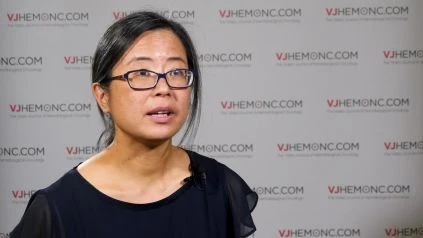Over recent years, inhibition of excessive FLT3 signalling has been a primary area of research to find an effective targeted therapy for acute myeloid leukemia (AML). However, FLT3 inhibitors have often shown an initial short duration of action, followed by the development of resistance. Speaking from the European School of Hematology (ESH) International Conference on Acute Myeloid Leukaemia 2017, Estoril, Portugal, Katherine Smith, MD, of the University of California, San Francisco, CA, gives an overview of the mechanisms by which these resistances develop, including on-target FLT3 mutations and off-target clone swapping. She also touches upon the next steps required to improve response rates in AML.
Advertisement

